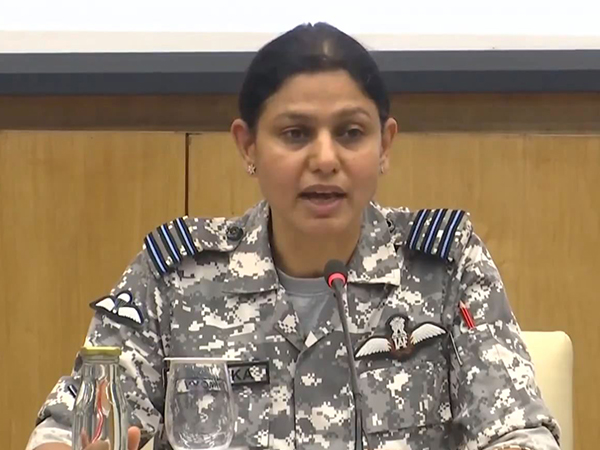Rising tensions between India and Pakistan took a sharp turn on Saturday as Wing Commander Vyomika Singh of the Indian Air Force confirmed in a press briefing that Pakistani forces have begun mobilizing troops toward forward positions along the border. The revelation has sparked fresh concerns of a potential offensive, intensifying an already volatile situation marked by missile exchanges, drone incursions, and cross-border shelling.
“The Pakistan Army has been observed to be moving its troops toward forward areas, indicating an offensive intent to further escalation,” Wing Commander Singh stated. “The Indian armed forces remain in a high state of operational readiness. All hostile actions have been effectively countered and responded to proportionately.”
This warning came alongside updates on Operation Sindoor, India’s retaliatory military response to the April 22 terrorist attack in Pahalgam, Jammu and Kashmir, which claimed 26 lives. Executed on May 7, Operation Sindoor targeted nine terror camps in Pakistan and Pakistan-occupied Jammu and Kashmir (PoJK), marking one of the most significant Indian operations since the Balakot airstrikes in 2019.
Earlier Saturday morning, tensions were further inflamed when Pakistan deployed Byker YIHA III Kamikaze drones aimed at civilian areas in Amritsar, Punjab. The Indian Army’s Air Defence units intercepted the drones at 5 AM, averting casualties and preventing structural damage. Defence officials described the attack as a “deliberate and reckless attempt to endanger innocent lives.”
In swift retaliation, the Indian Air Force launched precision strikes on four Pakistani airbases, specifically targeting logistics and military infrastructure believed to be linked to ongoing terror operations. Simultaneously, sporadic exchanges of fire along the Line of Control (LoC) continued, with both sides accusing each other of initiating provocations.
Local authorities in Rajasthan’s Barmer district reported recovering debris from unidentified projectiles, underscoring the conflict’s reach into civilian zones. Meanwhile, Singh firmly dismissed Pakistan’s claims of having damaged Indian military assets, including the S-400 air defense system and airfields in Suratgarh and Sirsa, calling them “false and part of a malicious misinformation campaign.”
Economic tremors are also being felt amid the conflict. Pakistan’s benchmark stock index plunged by nearly 6% on May 9, while in India’s border states like Punjab, reports of panic buying have emerged, driven by public anxiety over potential escalation.
Pakistan’s Defence Minister, Khawaja Muhammad Asif, issued a warning of “increasingly certain retaliation,” even as Islamabad denied accusations of launching strikes on Indian cities such as Pathankot, Srinagar, and Jaisalmer, labeling New Delhi’s statements “politically motivated.”
This episode is the latest in a long and troubled history of India-Pakistan confrontations, rooted primarily in the decades-long dispute over Kashmir. Military analysts have drawn parallels to Operation Brasstacks (1986–87), when massive troop mobilizations nearly triggered a full-scale war. Today, the introduction of drones, precision-guided munitions, and information warfare has further raised the stakes.
With both nations on high alert and diplomatic channels strained, the international community has called for immediate de-escalation. The United Nations and regional powers have urged restraint, though mediation efforts remain limited. As troops continue to mobilize and both sides signal readiness for further action, the subcontinent faces one of its most precarious moments in recent years.













